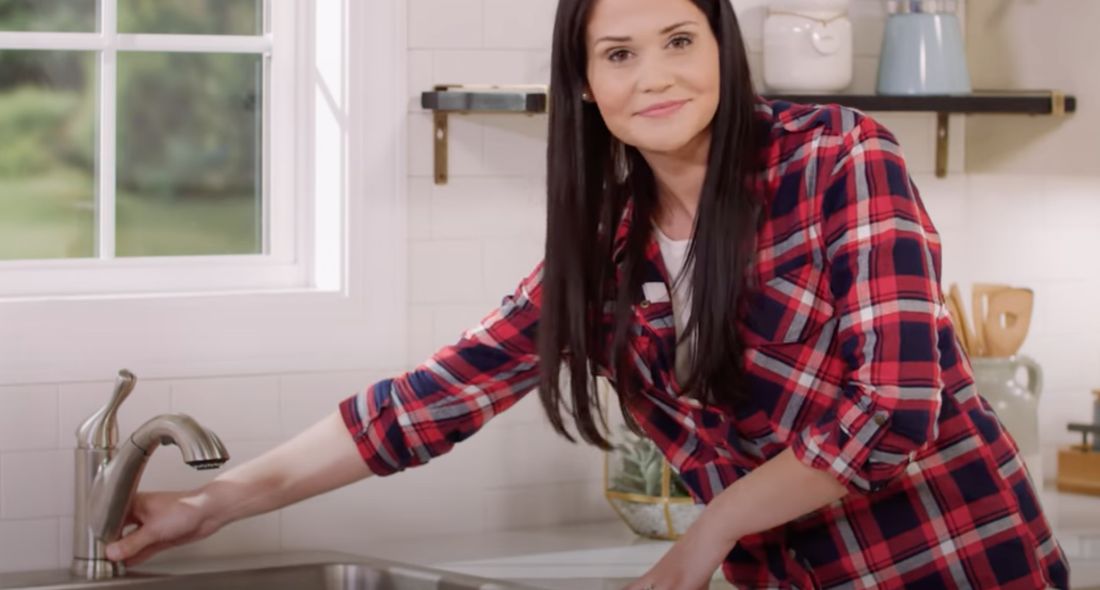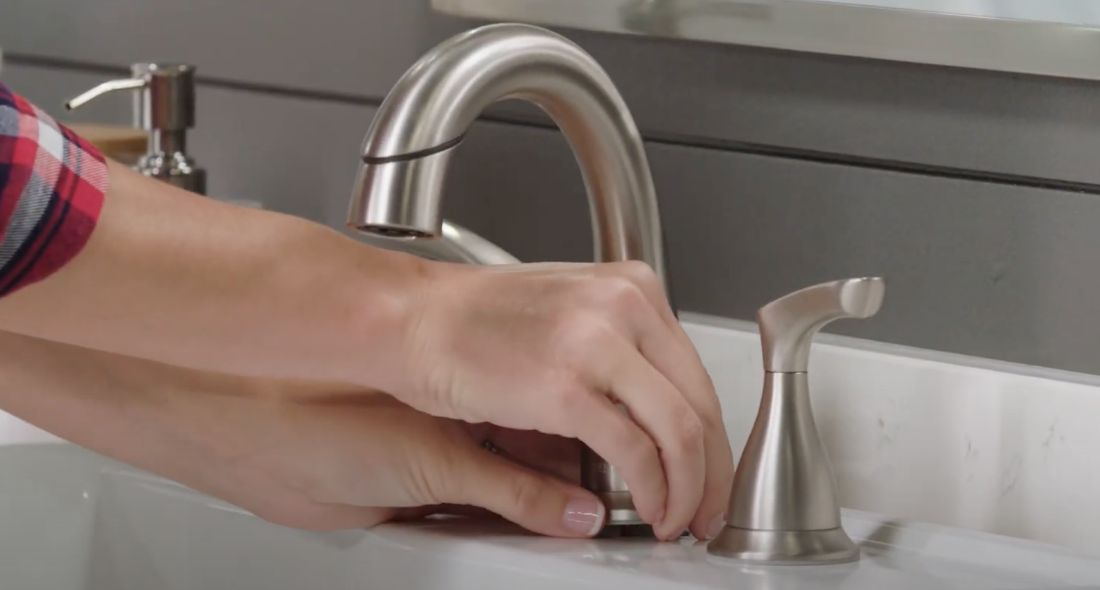Why It's Critical to Repair a Leaking Faucet
Why It's Critical to Repair a Leaking Faucet
Blog Article
Are you trying to locate selective information about Why It's Important to Fix Leaky Faucets?

Leaking faucets may look like a minor hassle, but their impact goes beyond simply the aggravation of the audio. From drainage to incurring unnecessary monetary costs and health threats, overlooking a trickling tap can cause numerous repercussions. In this short article, we'll delve into why it's important to address this usual family concern without delay and effectively.
Wastage of Water
Environmental Effect
Trickling taps contribute considerably to water waste. According to the Epa (EPA), a solitary tap trickling at one drip per second can lose greater than 3,000 gallons of water per year. This not only pressures water resources however also affects ecological communities and wildlife based on them.
Financial Costs
Enhanced Water Bills
Past the ecological effect, leaking taps can inflate water expenses substantially. The accumulated wastage gradually translates into greater energy costs, which could have been avoided with timely repairs.
Possible Residential Or Commercial Property Damage
Furthermore, prolonged trickling can result in damage to components and surfaces bordering the faucet. Water buildup can trigger staining, deterioration, and even architectural concerns if left unattended, causing additional fixing costs.
Wellness Issues
Mold And Mildew and Mildew Growth
The consistent presence of wetness from a leaking tap creates a perfect atmosphere for mold and mildew and mold growth. These fungi not only compromise interior air top quality but additionally posture health risks, especially for individuals with breathing problems or allergic reactions.
Waterborne Illness
Stationary water in leaking faucets can come to be a breeding place for microorganisms and various other microorganisms, raising the threat of waterborne conditions. Pollutants such as Legionella germs thrive in stationary water, possibly bring about significant health problems when consumed or inhaled.
DIY vs. Expert Repair work
Advantages and disadvantages of DIY Fixing
While some may try to repair a trickling faucet themselves, do it yourself repair work feature their own collection of challenges. Without appropriate expertise and tools, do it yourself efforts can aggravate the issue or cause insufficient repairs, extending the trouble.
Advantages of Hiring an Expert Plumber
Employing a specialist plumber ensures that the underlying source of the trickling tap is addressed efficiently. Plumbing technicians possess the experience and tools to detect and fix tap problems effectively, saving time and minimizing the threat of more damages.
Step-by-Step Guide to Fixing a Dripping Tap
Devices Needed
Before trying to take care of a dripping tap, collect the needed devices, including an adjustable wrench, screwdrivers, replacement parts (such as washers or cartridges), and plumber's tape.
Usual Faucet Issues and Their Solutions
Determine the sort of faucet and the details issue triggering the drip. Usual problems include worn-out washing machines, rusty valve seats, or malfunctioning O-rings. Describe manufacturer directions or on the internet tutorials for detailed guidance on repair work.
Safety nets
Normal Upkeep Tips
To prevent leaking taps, execute regular upkeep such as cleansing aerators, inspecting for leaks, and replacing worn-out parts promptly. Additionally, consider installing water-saving devices or upgrading to much more efficient fixtures.
Significance of Prompt Fixes
Dealing with leaking taps as quickly as they're discovered prevents more water wastefulness and prospective damages, eventually conserving both water and money in the long run.
Influence On Residential Or Commercial Property Worth
Perception of Well-Maintained Home
Preserving a residential or commercial property in good condition, including attending to upkeep issues like dripping taps, improves its regarded value and worth amongst possible customers or tenants.
Impact on Resale Worth
Properties with well-kept plumbing components, consisting of faucets, command higher resale worths in the property market. Addressing trickling taps can contribute to a positive impression during building inspections and negotiations.
Ecological Obligation
Private Payment to Preservation
Taking obligation for taking care of trickling taps lines up with wider efforts toward water conservation and ecological sustainability. Every person's activities collectively make a substantial effect on protecting precious sources.
Lasting Living Practices
By prioritizing prompt fixings and taking on water-saving practices, individuals add to lasting living practices that profit both present and future generations.
Conclusion
Resolving a leaking faucet surpasses mere ease; it's a necessary step towards conserving water, reducing monetary prices, and securing health and residential property. Whether through DIY fixings or expert aid, acting to take care of dripping faucets is a little yet impactful means to advertise responsible stewardship of sources and add to a much healthier, more sustainable future.
How to Fix a Dripping or Leaky Faucet
A leaking faucet is one of the most common problems that homeowners encounter, but it being commonplace doesn’t make it any less annoying. The constant drip drip drip of a leaking bathtub faucet, showerhead, or sink tap can disturb your home’s serenity. Left neglected, a dripping faucet can also result in higher water bills and discoloration or mold growth in your sink or plumbing fixtures.
Fortunately, you don’t have to be a trained plumber to know how to stop a dripping faucet. With some basic tools, replacement parts, and a little patience, leaky faucet repair is a breeze. In this article, we’ll explain what causes dripping faucets and how you can fix them.
What Causes a Leaking Faucet?
Kitchen and bathroom faucets come in all manner of designs, but most involve some combination of valves, O-rings, seals, and washers. The O-ring is usually the weakest link, but any one of these pieces can wear down over time. Heat, moisture, temperature fluctuations, minerals, mold, and movement can contribute to warping and corrosion, breaking the watertight seal. This just comes with the territory of being a homeowner. Everything is always subject to wear and tear, and some component parts of your appliances and fixtures need to be replaced on occasion. At least replacement O-rings are cheap!
More rarely, dripping faucets can be a symptom of excessively high water pressure. Were this the case in your home, you would probably notice that the leak is not isolated to one faucet. Water pressure issues are harder to resolve on your own. We recommend contacting a professional plumber if you suspect your water pressure is too high.
How to Fix a Dripping Faucet
Pipe wrench or monkey wrench Allen wrench set Screwdrivers Old towel or rag Shut off the water.
Before you do anything, you need to turn off the water to keep from drenching your kitchen or bathroom. You should find a valve under the sink and against the wall. Once you’ve turned this valve, try turning the faucet on to confirm that the water source has been cut off.
If you can’t locate your local valve for the faucet you’re working on, you can always shut off the water to the house at the main valve. Of course, this will prohibit anyone from using the sinks, showers, or toilets while you’re working on the faucet that’s giving you trouble.
Plug or block the drain.
You’ll be disassembling the faucet and removing some small bits of hardware. Plug the drain with a stopper or rag to avoid the possibility of a small screw falling into your P-trap.
Take apart the faucet assembly.
There are several varieties of kitchen and bathroom faucets, each with its own manner of assembly. For detailed instructions on how to disassemble your faucet, you can refer to the fixture’s manual or contact the manufacturer. If you know whether you have a ball, disc, cartridge, or compression faucet, you can find detailed schematics online.
In general, you need to begin by removing the faucet handles. You might notice a small screw that you’ll need to remove with a screwdriver or Allen wrench. If you don’t see any visible securing hardware, it’s likely hidden under a decorative cap that can be unscrewed or popped off with flathead screwdriver.
Remove each piece methodically, consulting a schematic when necessary. Take notes or arrange the pieces in such a way to make it easier to correctly reassemble the faucet later.
Remove the cartridge.
Once you’ve removed the handles and securing hardware, you should be able to remove the valve cartridge or stem. Some cartridges will slide right out. Other faucet models will require you to loosen a nut with a pipe wrench before you can remove the valve stem.
Examine the exposed hardware.
With the cartridge or stem removed, inspect the component parts. Check the rubber O-rings for wear and tear. Also examine the seat washer for corrosion or other damage. These pieces are usually the responsible parties for a dripping faucet, but it’s worth inspecting the other component parts while you have the faucet disassembled.
Find replacement parts.
Once you’ve identified which faucet component has failed, find an identical replacement. Your local hardware store should have O-rings, seat washers, and other standard components in stock. If you have a luxury or uncommon faucet, you may have to contact the manufacturer for a replacement part.
It’s a good idea to take your old parts with you to the hardware store so you can compare them with the store’s inventory and be sure you’re purchasing the correct replacement.
Reassemble the faucet.
With your new parts in hand, reconstruct the faucet and handles. Don’t be tempted to overtighten screws or nuts. You might think this could create a better seal, but it can instead damage or bend a delicate part of the assembly and create a new problem for you.
Turn on the water and test the faucet.
The only thing left to do is test your work. Unplug the sink, turn the water back on, and try the faucet. Congratulate yourself on a job well done!
https://www.libertyhomeguard.com/how-to-fix-a-dripping-or-leaky-faucet/

Do you like more info about Why Are My Faucets Dripping (And Can I Fix It Myself)?? Try leaving a remark below. We will be happy to find out your responses about this blog entry. We hope that you visit us again before long. Be sure to set aside a second to promote this content if you liked it. I value reading our article about Why Are My Faucets Dripping (And Can I Fix It Myself)?.
Report this page